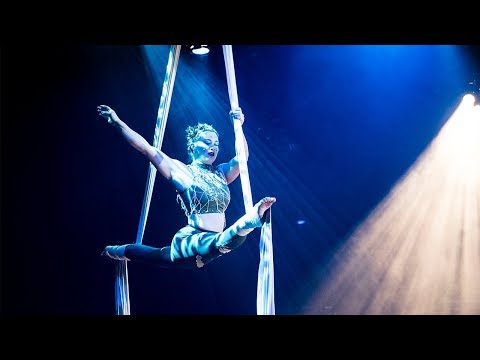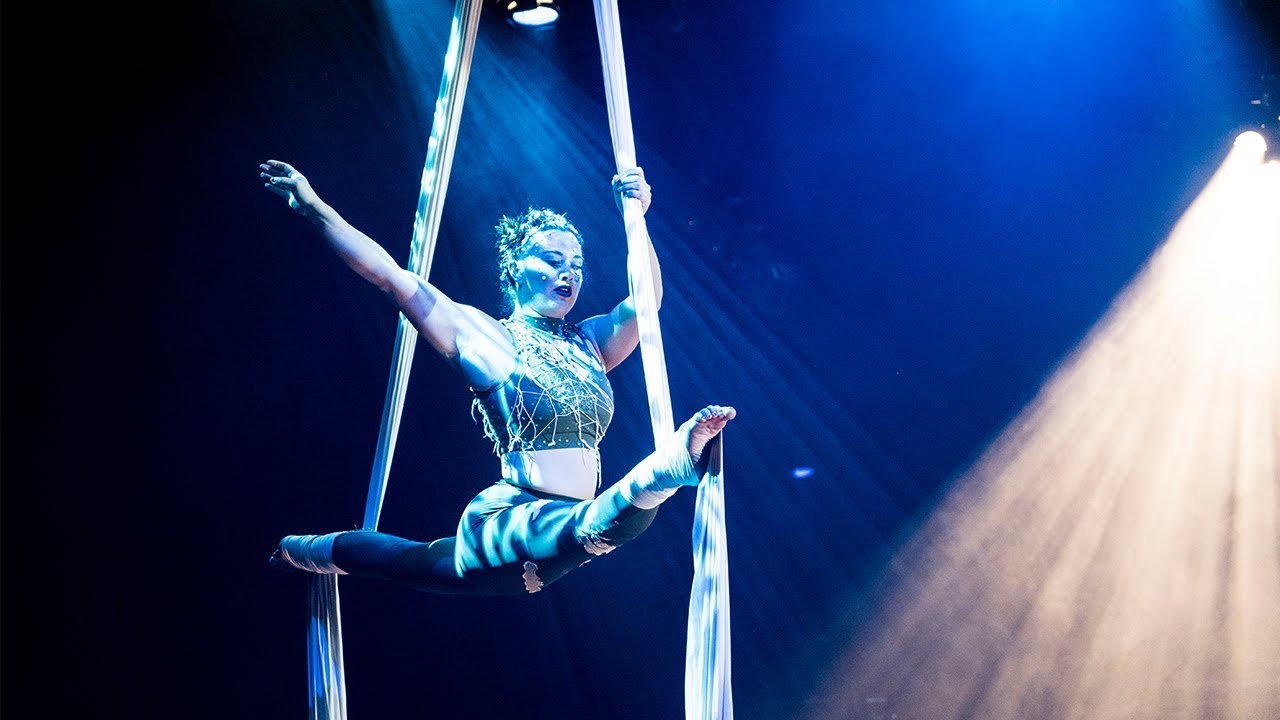Step right up and enter the mesmerizing world of circus fabric! Prepare to be captivated by the vibrant colors, intricate designs, and the sheer magic that unfolds before your eyes. Our circus fabric collection is a spectacle in itself, showcasing a mesmerizing array of patterns inspired by the dazzling performances under the big top. From daring acrobats defying gravity to sparkling sequins that shimmer like stars in the night sky, each fabric tells a unique story that will transport you to the enchanting realm of circus wonders.
Immerse yourself in the rich tapestry of imagination as you envision the lively circus acts unfolding on these fabrics. Marvel at the extravagant clowns with their colorful costumes, ready to tickle your funny bone. Admire the majestic lions roaring with regal elegance, showcasing their strength and grace. Feel the thrill of the tightrope walkers defying danger as they balance high above the ground.
Whether you are a designer seeking to infuse your creations with a touch of whimsy or an avid crafter looking for a unique fabric to bring your projects to life, our circus fabric collection offers endless possibilities. Craft unforgettable garments, breathtaking home décor accents, or imaginative accessories that will transport you and others to a world where anything is possible.
Step into the spotlight and let our circus fabric ignite your creativity, amaze your senses, and bring a touch of magic to your artistic endeavors. Come join the circus and let the fabric performances begin!

The Fascinating World of Circus Fabric
Circus fabric plays a crucial role in creating the magical atmosphere of circus performances. From the vibrant costumes to the stunning backdrops, this fabric is designed to capture the audience’s attention and transport them to a world of wonder and excitement. In this article, we will explore the various aspects of circus fabric, including its history, types, uses, and the creative process behind its design.
The History of Circus Fabric
Circus fabric has a rich history that dates back centuries. In the early days of the circus, performers would often wear simple, everyday clothing. However, as the circus evolved into a form of entertainment that combined acrobatics, magic, and comedy, the need for more visually appealing costumes became evident.
Costume designers began experimenting with different fabrics and materials to create more theatrical and eye-catching outfits. Satin, silk, and velvet became popular choices due to their luxurious appearance and ability to reflect light. These early circus fabrics laid the foundation for the dazzling costumes we see in circuses today.
The Types of Circus Fabric
There are several types of fabric commonly used in the circus industry. Each type possesses unique properties that make it suitable for specific purposes.
1. Lycra
Lycra is a stretchy and durable fabric that is often used in circus costumes. Its elasticity allows performers to move freely while maintaining a snug fit. Lycra also has a shiny surface that catches the light, enhancing the visual impact of the costumes.
2. Sequin Fabric
Sequin fabric is a popular choice for creating sparkling and glamorous circus costumes. The fabric is covered in small, reflective discs called sequins, which catch and reflect light as performers move. This creates a mesmerizing effect that captivates the audience.
3. Tulle
Tulle is a lightweight and sheer fabric that is often used to create ethereal and whimsical costumes. It is commonly seen in circus performances featuring aerialists or dancers, as its delicate appearance enhances the grace and fluidity of their movements.
4. Canvas
Canvas is a heavy-duty fabric that is primarily used for creating backdrops and props in the circus. Its strength and durability allow it to withstand the rigors of constant setup and teardown. Canvas can also be painted or printed on, making it a versatile choice for creating elaborate and visually striking sets.
5. Spandex
Spandex is a stretchy and form-fitting fabric commonly used in circus costumes. Its high elasticity enables performers to execute acrobatic moves without hindrance. Spandex is available in a wide range of colors and finishes, making it a versatile choice for creating vibrant and attention-grabbing outfits.
The Creative Process Behind Circus Fabric
The design and creation of circus fabric is a meticulous and collaborative process that involves various professionals, including costume designers, textile artists, and performers themselves.
Costume designers work closely with performers to understand their specific needs and the overall theme of the circus act. They then create initial sketches and select suitable fabrics that align with the desired visual impact. Textile artists bring these designs to life by incorporating intricate details, such as embroidery, beading, or hand-painting, onto the fabric.
Once the fabric is ready, it is handed over to skilled tailors who transform it into costumes that fit the performers perfectly. Throughout this process, constant communication and collaboration between the different professionals ensure that the final product meets both aesthetic and functional requirements.
The Versatility of Circus Fabric
Circus fabric is not limited to costumes and backdrops; it extends its influence to various other aspects of a circus performance.
Curtains made of circus fabric are often used to create an element of surprise and suspense during grand reveals or magical acts. The vibrant colors and shimmering textures of the fabric add to the anticipation and excitement of the audience.
Additionally, circus fabric is also utilized in props such as juggling balls, ribbons, and aerial silks. These props are carefully crafted using fabrics that are both visually appealing and functional, ensuring the safety and comfort of the performers.
In Conclusion
Circus fabric is an integral part of the enchanting world of the circus. From the elaborate costumes that adorn performers to the mesmerizing backdrops that set the stage, this fabric captures the essence of the circus and creates a visual spectacle that leaves audiences in awe. Through its rich history, varied types, and creative process, circus fabric continues to evolve, pushing the boundaries of imagination and bringing the magic of the circus to life.
“Darla Day’s Mesmerizing Aerial Silks Thriller Performance at Cirque du Soleil”
Video Source : Aeris Aerial Arts
List of Circus Fabric:
Circus Fabric
Circus fabric is an essential component in creating a captivating and mesmerizing circus experience. It not only adds a touch of vibrant color and texture to the performance, but also serves various practical purposes. From stunning aerial displays to daring acrobatic acts, circus fabric plays a crucial role in enhancing the overall spectacle.
| Fabric Type | Description | Common Uses |
|---|---|---|
| Trapeze Fabric | Trapeze fabric, also known as aerial silk or aerial fabric, is a versatile material that is suspended from the ceiling to create breathtaking aerial performances. It is made from a strong and flexible polyester blend, allowing performers to execute gravity-defying moves with ease. | Aerial silk acts, acrobatic drops and poses, captivating spins and twists. |
| Tightrope Fabric | Tightrope fabric, commonly referred to as slackline webbing, is a specialized fabric used for tightrope walking and other balancing acts. It is constructed with a high-tensile strength nylon or polyester material that provides a secure and stable surface for performers. | Tightrope walking, balance acts, high wire performances. |
| Trampoline Fabric | Trampoline fabric, often made of durable polypropylene or nylon, is used on circus trampolines to provide performers with a high bounce and a controlled landing surface. It is designed to withstand the rigorous demands of aerial stunts and acrobatics. | Trampoline acrobatics, somersaults, flips, and other gravity-defying maneuvers. |
| Fireproof Fabric | Fireproof fabric, typically made from a blend of flame-resistant materials such as fiberglass, aramid, and carbon, is used in circus acts involving fire manipulation. It provides a protective layer for performers while creating mesmerizing fire effects. | Fire dancing, fire breathing, fire juggling. |
| Costume Fabric | Costume fabric is a diverse category that encompasses various materials used for creating elaborate and eye-catching costumes for circus performers. It can include sequined fabrics, spandex blends, and colorful patterns that enhance the visual appeal of the acts. | Circus costumes, clown outfits, extravagant attire. |
These are just a few examples of the incredible variety of circus fabric that contribute to the awe-inspiring performances witnessed under the big top. Each fabric type is carefully selected and crafted to withstand the physical demands of the circus arts while simultaneously captivating audiences with their visual allure. The combination of skilled performers and the right fabrics creates an unforgettable circus experience filled with wonder, excitement, and boundless creativity.

